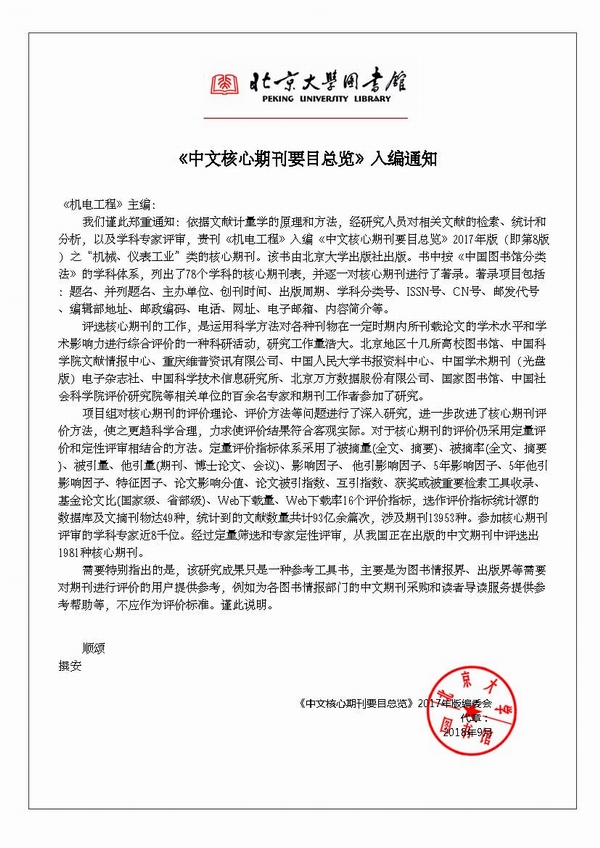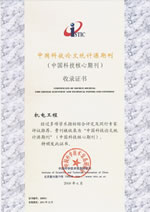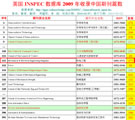
Founded in 1971 >
Chinese Sci-tech Core Periodicals >
British Science Abstracts (SA, INSPEC) Indexed Journals >
United States, Cambridge Scientific Abstract: Technology (CSA: T) Indexed Journals >
United States, Ulrich's Periodicals Directory(UPD)Indexed Journals >
United States, Cambridge Scientific Abstract: Natural Science (CSA: NS) Indexed Journals >
Poland ,Index of Copernicus(IC) Indexed Journals >
International Standard Serial Number:
ISSN 1001-4551
Sponsor:
Zhejiang University;
Zhejiang Machinery and Electrical Group
Edited by:
Editorial of Journal of Mechanical & Electrical Engineering
Chief Editor:
ZHAO Qun
Vice Chief Editor:
TANG ren-zhong,
LUO Xiang-yang
Tel:
86-571-87041360,87239525
Fax:
86-571-87239571
Add:
No.9 Gaoguannong,Daxue Road,Hangzhou,China
P.C:
310009
E-mail:
meem_contribute@163.com
Abstract: In fault diagnosis of rolling bearing under different working conditions, abundantly labeled data was often difficult or even impossible to obtain. Therefore, using the original vibration signal as the input of the neural network, through the multiple representation dynamic adaptive (MRDA) algorithm, the multi-representation aligns the transferable features, and the adaptive dynamic measures the relative importance of the marginal distribution and the conditional distribution, a new deep transfer model was constructed, namely the one-dimensional multi-representation hole dynamic adaptive transfer network (1D MRDDATN). Firstly, transfer learning data distribution was analyzed, and DDA was theoretically deduced. Then, on the basis of one-dimensional dilated convolution, a one-dimensional multi-representation dilated convolution neural network (1D MRDCNN) was created, and the MRDA algorithm and multi-representation dynamic adaptive structure (MRDAM) were proposed to construct a one-dimensional multi-representation dilated dynamic adaptive transfer network (1D MRDDATN). Finally, the rolling bearing data set of CWRU was verified by experiments. The research results show that compared with the traditional deep transfer learning methods, the average diagnostic accuracy of the proposed method is improved and reaches more than 98%. MRDA completes cross-domain classification tasks under different working conditions through multi-representation alignment, and adaptively captures information from different aspects, which achieves better performance.
Key words: different working conditions; one-dimensional multi-representation hole dynamic adaptive transfer network(1D MRDDATN); fault sample; deep transfer learning; multi-representation dynamic adaptive(MRDA) algorithm; neural network; one-dimensional multi-representation dilated convolution neural network (1D MRDCNN)








